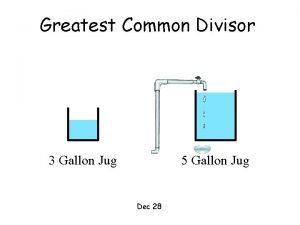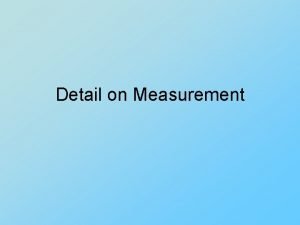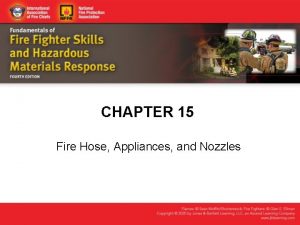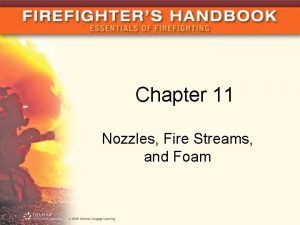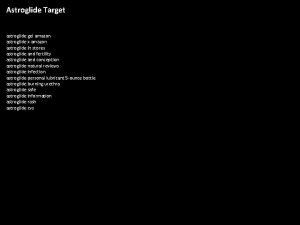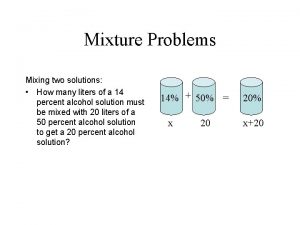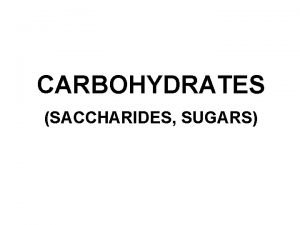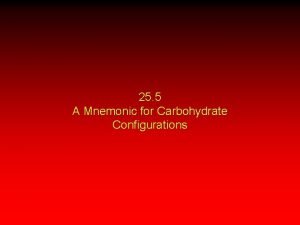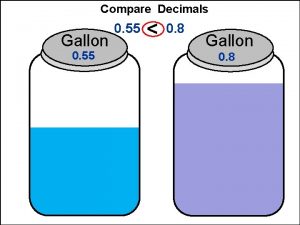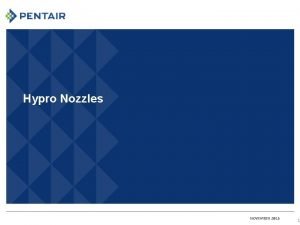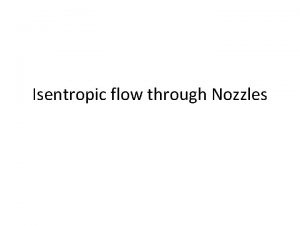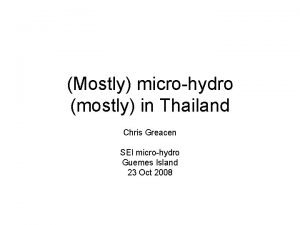Microhydro Flow nozzles Site Assessment Flow 5 gallon























- Slides: 23

Microhydro Flow, nozzles

Site Assessment: Flow • 5 -gallon bucket – Small stream, small waterfall • Float – Larger, flat, uniform stream • V-notch Weir • Rectangular Weir

5 gallon bucket Small stream, little waterfall Most typical method for microhydro This may be tricky…

5 gallon bucket • If the measured flow using a 5 gallon bucket and a stop watch was 5 gallons in 1. 5 seconds, how many GPM would this be?

5 gallon bucket • If the measured flow using a 5 gallon bucket and a stop watch was 5 gallons in 1. 5 seconds, how many GPM would this be?

Float method Big, flat, uniform creek

Float method Flow (ft 3/s) = Velocity (ft/s) x Cross Sectional Area (ft 2)

Float method 1. Calculate the average depth Lay a board across the stream, measure the depth every foot, average the depths

Float method 2. Calculate the cross sectional area Area (ft 2) = Average depth (ft) x Width (ft) If XS is too irregular, divide into rectangles and sum em’ up

Float Method 3. Calculate velocity Measure where you measured the area, an orange makes a good float, start well upstream, a 10’ span is good, average multiple measurements

Float method 4. Correct for Friction Flow (ft 3/s) = Velocity (ft/s) x Cross Sectional Area (ft 3) x. 83 Multiply x 0. 83 to correct for friction on the bottom of the stream

Float Method So, if these guys measure this 3’ wide stream and get an average depth of 8” and it takes an orange an average 5 seconds to go 10 feet, what is the flow in GPM? 1 ft 3 = 7. 48 gallons

Float Method So, if these guys measure this 3’ wide stream and get an average depth of 8” and it takes an orange an average 5 seconds to go 10 feet, what is the flow in GPM? • Area = 3’ x 8” x (1’/12”) = 2 ft 2 • Velocity = 10 ft/5 s = 2 ft/s • Flow = 2 ft 2 x 2 ft/ s = 4 ft 3/s • 4 ft 3/s x 7. 48 gal/1 ft 3 x 60 s/1 min = 1795 gpm • Correct for friction, 1795 gpm x. 83 = 1490 gpm Complicated but easier than this…

Weir Method • For larger flows or more accurate measurements • Small – V-notch • Larger – Rectangular • All you needs is depth and the table

Weir depth measurement • With V-notch or Rectangular weirs, drive a stake in the ground level with the bottom of the weir for depth measurement • The stake should be behind the weir about 4 x the depth of water through the weir

V-notch Weir

V-notch Weir Using the V-notch weir chart, determine what a stream’s flow rate would be in GPM if the depth of the water was 5. 5 inches.

Rectangular Weir Using the Weir chart, determine what a stream’s flow rate would be in GPM if the depth of the water above the weir notch was 3 inches and the weir notch was 4" wide.

Nozzles Generally, single nozzle systems with under 2000 feet of penstock require a 2" pipe. A two nozzle system needs a 3" pipe and 4 nozzle systems require a 4" pipe. This will keep pipe losses under 25%.

Nozzles • What size nozzles and how many would you recommend if one wants to use about ½ of a stream with 260 GPM of measured flow with 100 ft of head (pelton wheel)?

Nozzles Maximum efficient flow at various heads From Harris Hydro (FIGURES IN GALLONS/MIN) FEET OF NET HEAD # of nozzles 25 50 75 100 200 300 1 17 25 30 35 50 60 2 35 50 60 70 100 120 3 52 75 90 105 150 - 4 70 100 120 140 200 -

Nozzles NOZZLE FLOW CHART – from ES & D FLOW RATE IN U. S. GALLONS PER MINUTE Head Feet PSI Nozzle Diameter, inches 1/8 5 2. 2 10 4. 3 15 6. 5 20 8. 7 30 3/16 RPM 1/4 5/16 3/8 7/16 1/2 5/8 3/4 7/8 1 6. 18 8. 4 11 17. 1 24. 7 33. 6 43. 9 460 3. 88 6. 05 8. 75 11. 6 15. 6 24. 2 35 47. 6 62. 1 650 2. 68 4. 76 7. 4 10. 7 14. 6 19 29. 7 42. 8 58. 2 76 800 1. 37 3. 09 5. 49 8. 56 12. 4 16. 8 22 34. 3 49. 4 67. 3 87. 8 925 13 1. 68 3. 78 6. 72 10. 5 15. 1 20. 6 26. 9 42 60. 5 82. 4 107 1140 40 17. 3 1. 94 4. 37 7. 76 12. 1 17. 5 23. 8 31. 1 48. 5 69. 9 95. 1 124 1310 50 21. 7 2. 17 4. 88 8. 68 13. 6 19. 5 26. 6 34. 7 54. 3 78. 1 106 139 1470 60 26 2. 38 5. 35 9. 51 14. 8 21. 4 29. 1 38 59. 4 85. 6 117 152 1600 80 34. 6 2. 75 6. 18 11 17. 1 24. 7 33. 6 43. 9 68. 6 98. 8 135 176 1850 100 43. 3 3. 07 6. 91 12. 3 19. 2 27. 6 37. 6 49. 1 76. 7 111 150 196 2070 120 52 3. 36 7. 56 13. 4 21 30. 3 41. 2 53. 8 84. 1 121 165 215 2270 150 65 3. 76 8. 95 15 23. 5 33. 8 46 60. 1 93. 9 135 184 241 2540 200 86. 6 4. 34 9. 77 17. 4 27. 1 39. 1 53. 2 69. 4 109 156 213 278 2930 250 108 4. 86 10. 9 19. 9 30. 3 43. 6 59. 4 77. 6 121 175 238 311 3270 300 130 5. 32 12 21. 3 33. 2 47. 8 65. 1 85. 1 133 191 261 340 3591 400 173 6. 14 13. 8 24. 5 38. 3 55. 2 75. 2 98. 2 154 221 301 393 4140

 3 gallon jug and 5 gallon jug
3 gallon jug and 5 gallon jug Us gallon and uk gallon
Us gallon and uk gallon Advantages of abrasive water jet machining
Advantages of abrasive water jet machining Chapter 15 fire hose appliances and nozzles answer key
Chapter 15 fire hose appliances and nozzles answer key Fire piercing nozzle
Fire piercing nozzle Center pivot irrigation definition
Center pivot irrigation definition Opw nozzles distributors
Opw nozzles distributors Varitarget nozzles
Varitarget nozzles Hot site cold site warm site disaster recovery
Hot site cold site warm site disaster recovery Us customary system
Us customary system Liters
Liters The big g gallon
The big g gallon The land of gallon
The land of gallon 186 282 miles per second into meters per second
186 282 miles per second into meters per second Astroglide expiration date
Astroglide expiration date Kontos insecticide
Kontos insecticide A 5 gallon radiator containing a mixture of water
A 5 gallon radiator containing a mixture of water How many zephyrhills bottles equals a gallon
How many zephyrhills bottles equals a gallon 1 gallon of milk weighs
1 gallon of milk weighs Napa def fluid
Napa def fluid Myelopoiesis
Myelopoiesis Liters to gallon
Liters to gallon Monosugar
Monosugar All altruists gladly make gum in gallon tanks
All altruists gladly make gum in gallon tanks
